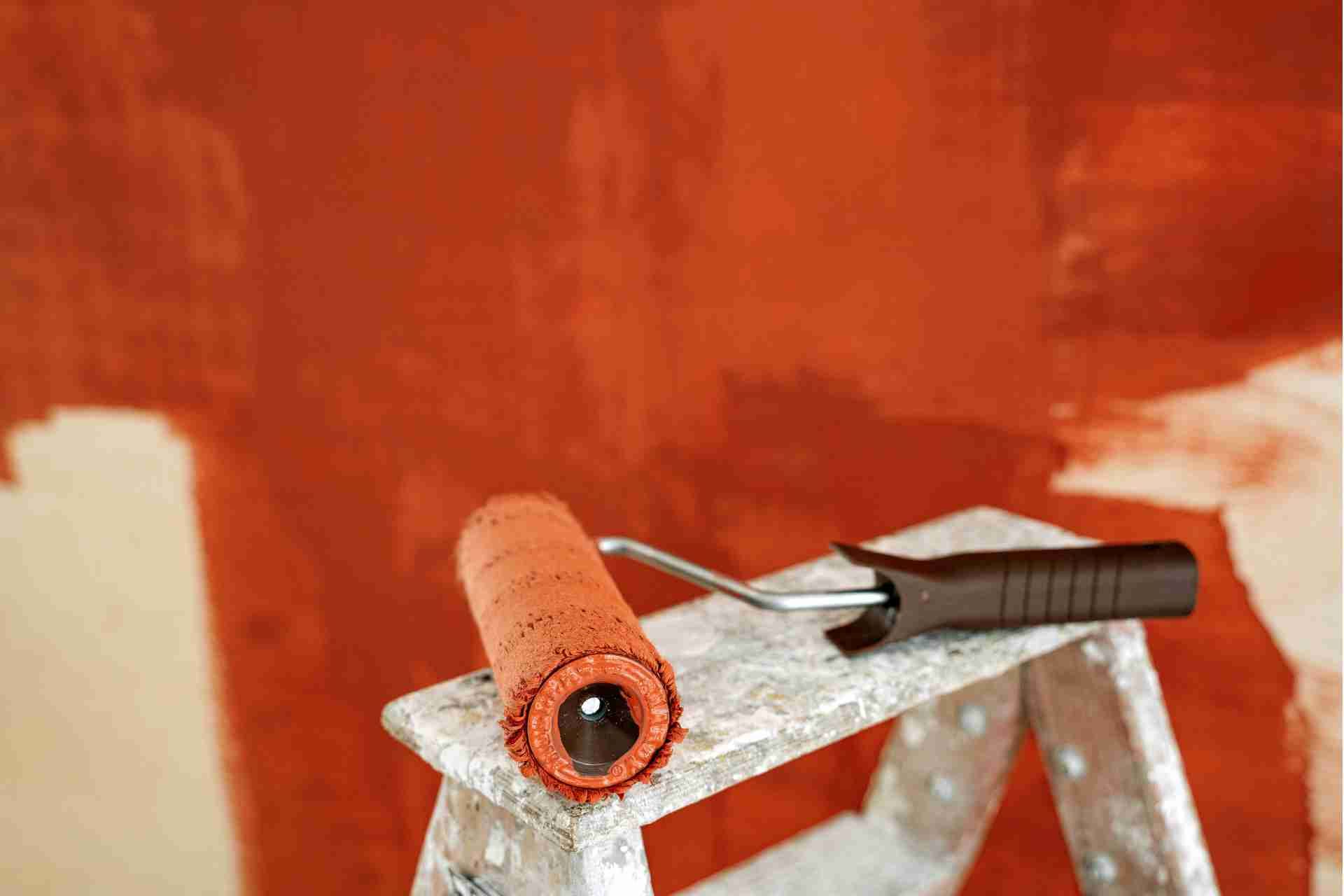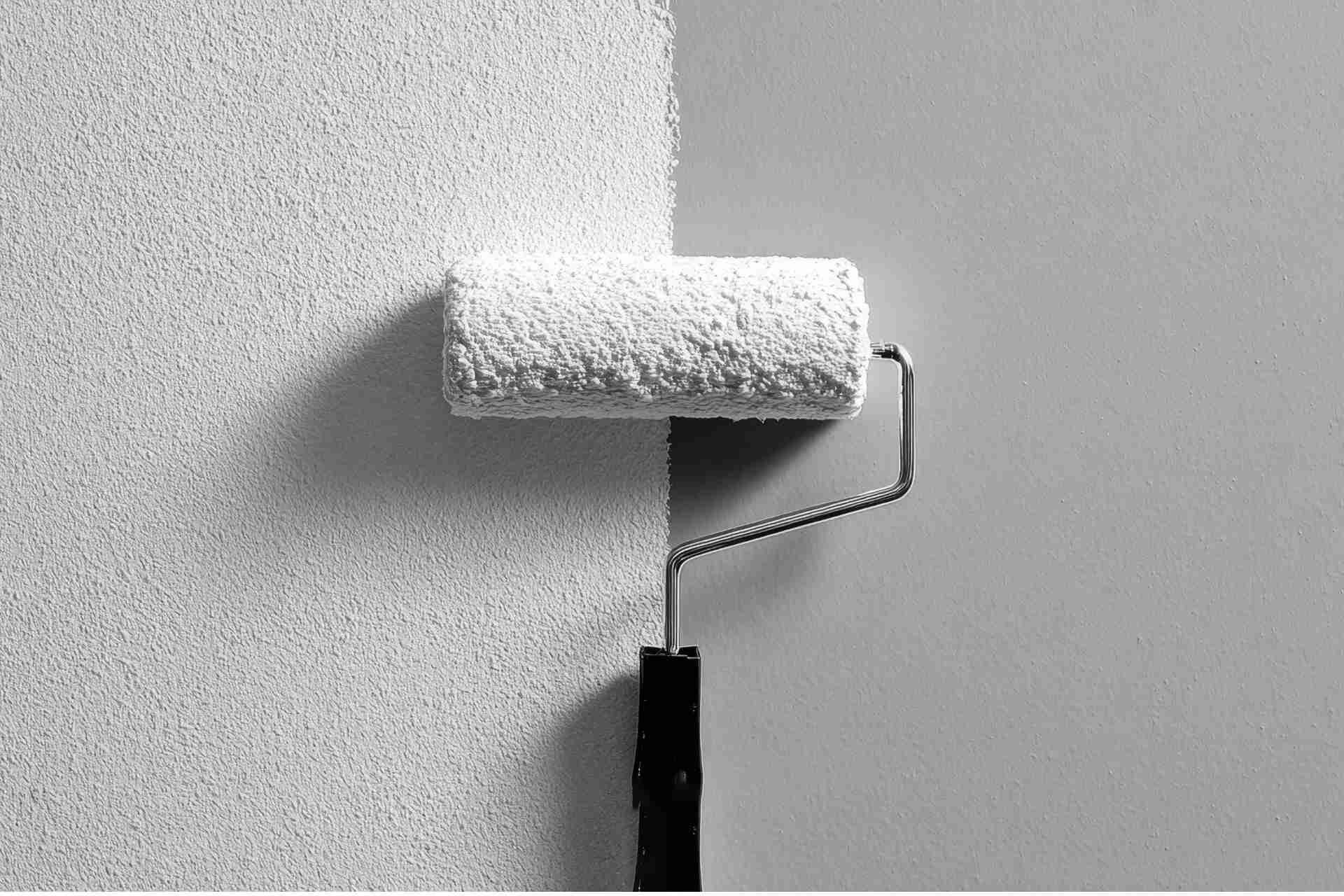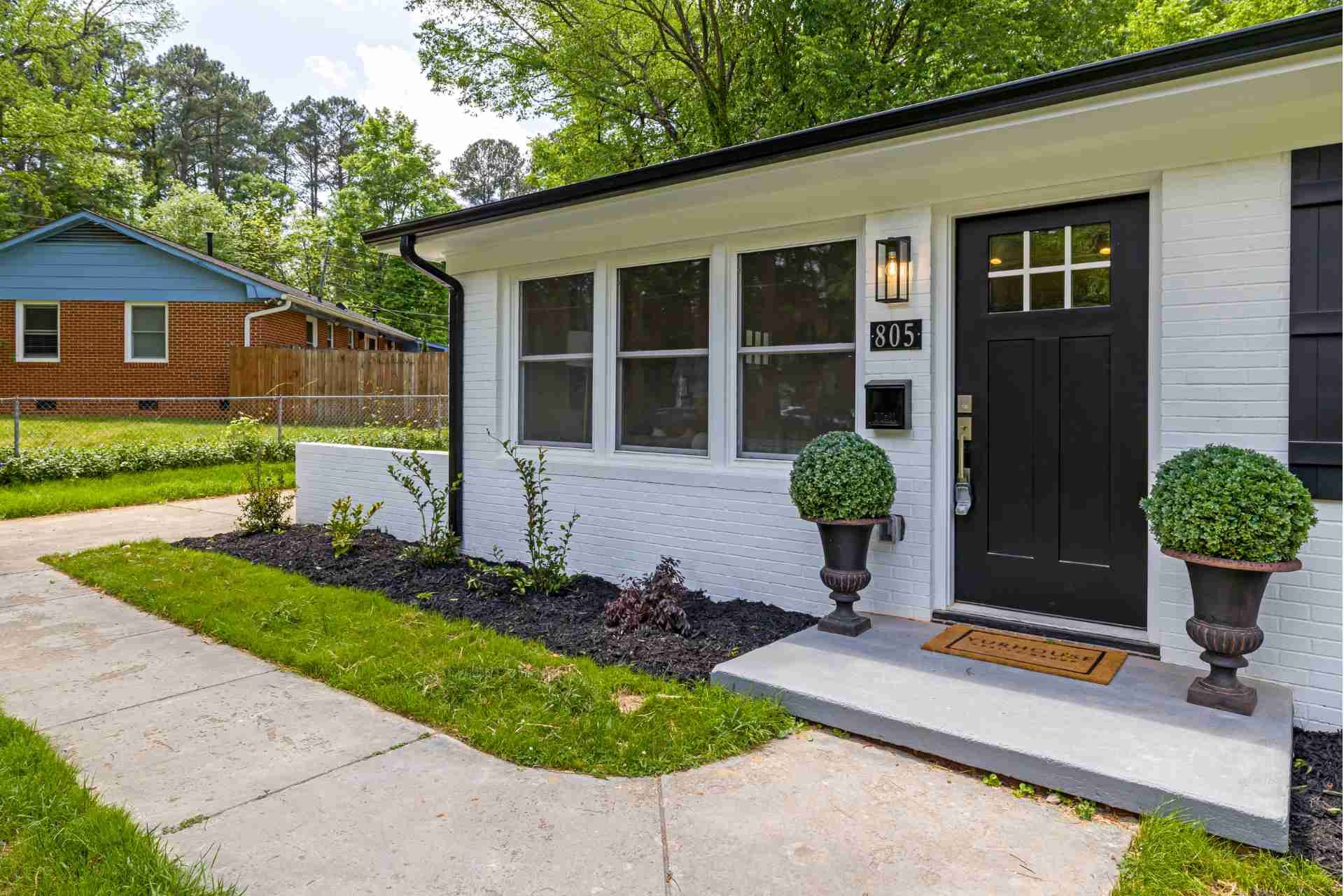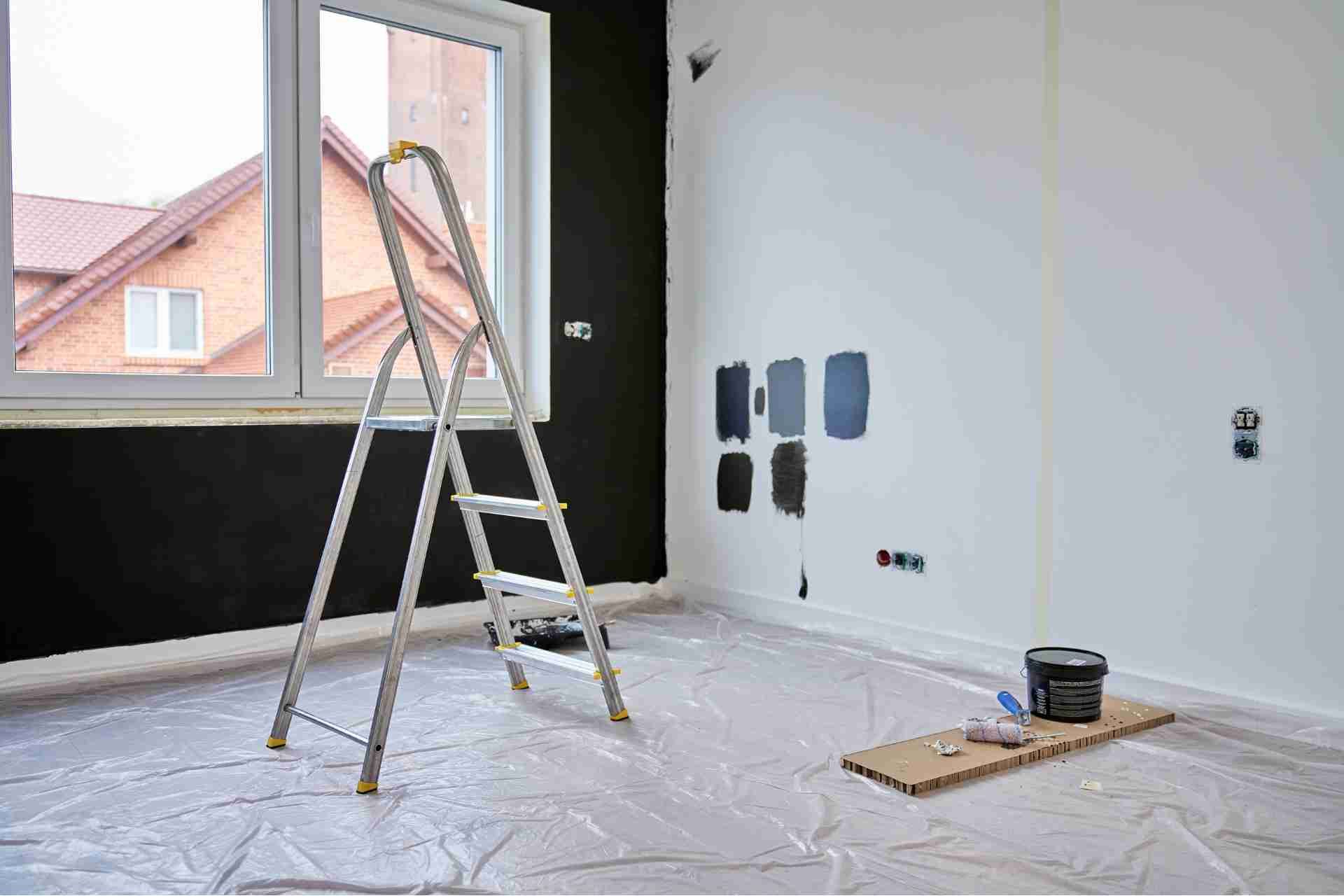How To Choose The Right Paint Colors For Your Home
Choosing the right paint colors for your home can seem daunting, but it doesn’t have to be. By understanding some key principles of color theory and assessing your space, you’ll find the process more manageable. It’s essential to consider how different colors can influence the mood and feel of a room. Once you start thinking about lighting and architecture, you might discover unexpected possibilities for your home’s aesthetic. So, where do you begin?
Understanding Color Theory
Color theory serves as the foundation for choosing the right paint colors in your home. Understanding how colors interact can transform your space.
Start by exploring the color wheel; primary colors blend into secondary ones, creating a harmonious palette. You’ll notice warm colors, like reds and yellows, evoke energy and excitement, while cool colors, like blues and greens, promote calmness and relaxation. Neutrals can balance out bold hues, providing a versatile backdrop.
Consider color psychology too; different shades can influence moods and perceptions. For instance, a soft blue can make a room feel serene, while a vibrant orange might inspire creativity.
Assessing Your Space
Understanding how colors interact sets the stage for assessing your space effectively.
Start by evaluating the size and layout of each room. If a space feels cramped, lighter shades can create an illusion of openness, while darker tones might make it feel cozier.
Consider the room's purpose; calming colors work well in bedrooms, while vibrant hues can energize a kitchen or living area.
Next, take note of existing furnishings and decor. You want your paint colors to complement, not clash.
Look for any architectural features, like moldings or built-ins, that could influence your choice.
Finally, pay attention to the room's flow and connection to adjoining spaces, ensuring a harmonious transition between colors.
Considering Lighting
When you think about paint colors, don't overlook the impact of lighting on how those colors appear in your home.
Natural light can change the way colors look throughout the day, so consider the direction your windows face. South-facing rooms often receive warm, bright light, which can enhance warm colors, while north-facing spaces tend to have cooler, shadowy light that may mute shades.
Also, think about the type of artificial lighting you use—incandescent, fluorescent, and LED bulbs emit different tones. Test your paint samples under various lighting conditions to see how they shift.
Examining Your Home’s Architecture
As you assess your home’s architecture, keep in mind that the style and structure can greatly influence your paint color choices.
Different architectural styles, like Victorian or Mid-Century Modern, evoke distinct feelings and aesthetics. For instance, traditional homes often shine with muted, classic colors, while contemporary designs may benefit from bold, striking hues.
Pay attention to the materials used in your home's exterior; brick, wood, and stucco can affect how colors appear.
Consider the architectural details, like moldings and trims, as these elements can complement or clash with your chosen palette.
Creating a Cohesive Color Palette
Once you’ve evaluated your home’s architecture, it’s time to focus on creating a cohesive color palette that complements its style.
Start by selecting a few key colors that resonate with the overall aesthetic. Consider the mood you want to set; warm tones can create a cozy atmosphere, while cool hues offer a more serene vibe.
Use a color wheel to identify complementary shades, ensuring they harmonize rather than clash. You might choose a dominant color for larger areas, then add accent colors for trim, doors, or furniture.
Don’t forget to factor in natural light, as it can significantly alter how colors appear. By thoughtfully curating your color choices, you’ll achieve a unified look that enhances your home’s character.
Testing Colors Before Committing
Before settling on a color, it's crucial to test samples in your space to see how they interact with your lighting and furnishings.
Grab some sample paint pots, and apply patches on your walls. Choose a few different areas to get a feel for how the color looks throughout the day.
Natural light changes the hue, so observe it in morning, afternoon, and evening light. You might find that a color appears different at various times or next to different materials.
Don't forget to consider the finish, too; matte, satin, and gloss can all alter the color's impact.
Once you’ve tested a few options, you’ll be much better equipped to make the right decision for your home.
Incorporating Personal Style
Incorporating your personal style into your home's paint colors can transform a space into a true reflection of who you are. Start by identifying your favorite colors and the emotions they evoke. Do you gravitate towards calming blues or vibrant reds?
Consider the overall vibe you want each room to convey. For instance, warm tones can create a cozy atmosphere, while cooler shades may foster tranquility.
Don’t shy away from experimenting with accent walls or unique color combinations that resonate with your personality. Look for inspiration in your wardrobe, artwork, or nature.
Balancing Bold and Neutral Colors
Finding the right balance between bold and neutral colors can elevate your home’s aesthetic while still reflecting your personal style.
To create a harmonious environment, consider these three steps:
1. Accent Walls: Choose one bold color for a feature wall, allowing it to stand out without overwhelming the space.
2. Complementary Neutrals: Pair your bold choice with soft neutrals like beige or gray. These colors ground the room and provide a calming effect.
3. Accessories and Decor: Use bold hues in smaller decor items, such as cushions or artwork, to add pops of color without committing to an entire room.
Conclusion
Choosing the right paint colors for your home can transform your space and enhance its beauty. By understanding color theory, assessing your room’s size, and considering lighting and architecture, you’ll create a harmonious environment. Don’t forget to incorporate your personal style and balance bold hues with neutrals for added depth. Always test samples before making a final decision. With these tips, you’re well on your way to a stunning and inviting home that reflects your unique taste.











